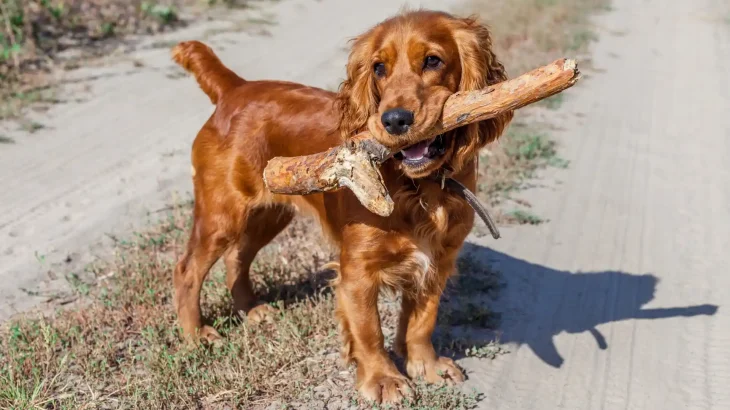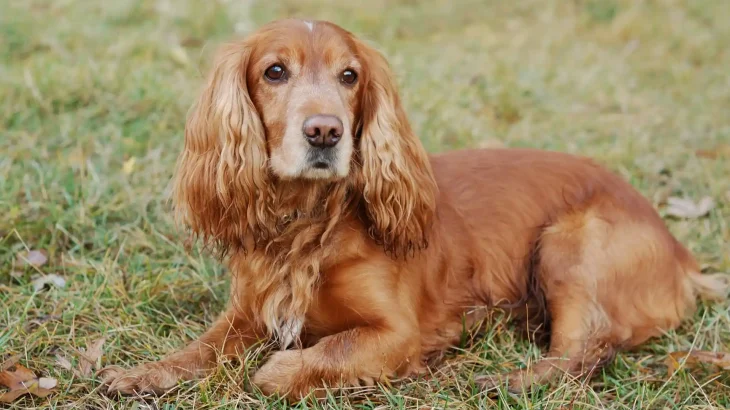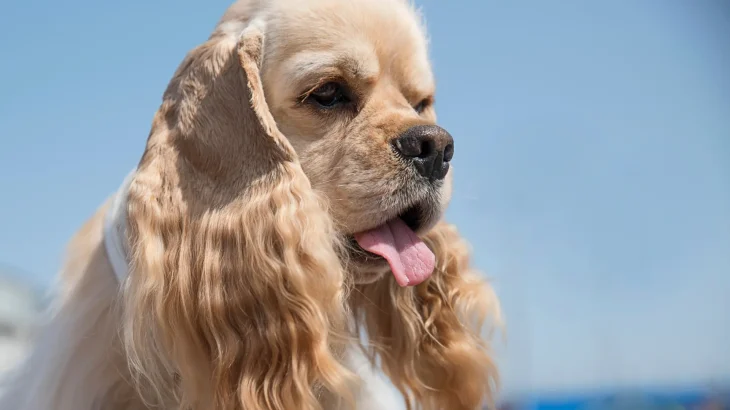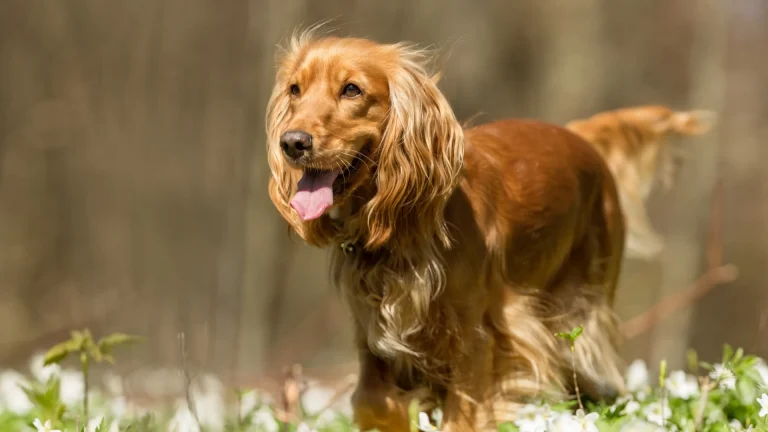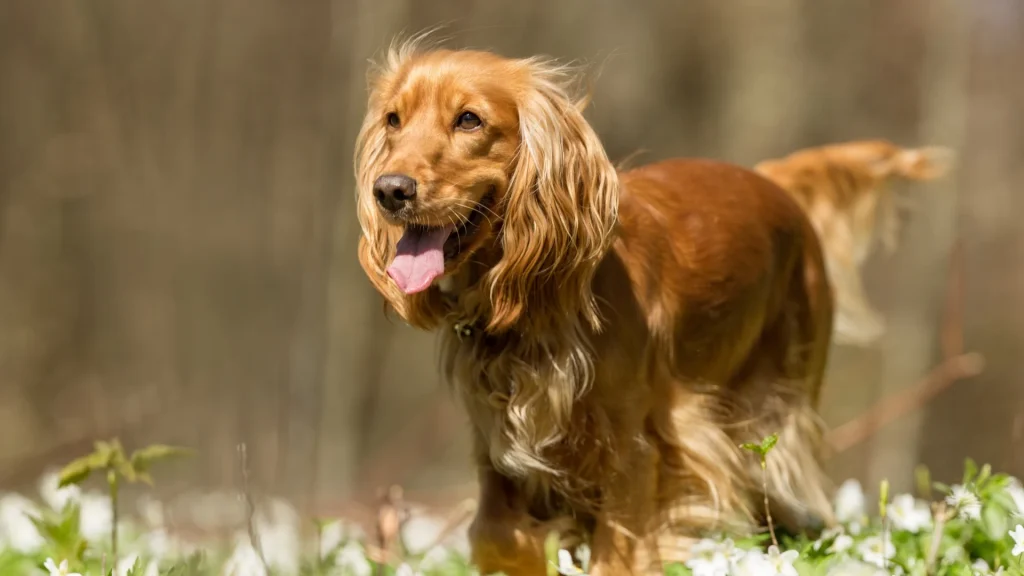Choosing whether to adopt or buy an American Cocker Spaniel puppy depends on your priorities like budget, health assurance, and ethics. Both paths have benefits and challenges related to the puppy's background and the support you get.
Adoption vs. Breeder: Pros & Cons
| Criteria | Buying from Breeder | Adopting from Shelter/Rescue |
|---|---|---|
| Cost | Generally higher initial cost compared to adoption fees. | Lower adoption fees, usually covering vaccinations, spaying/neutering, and microchipping. |
| Health History | Detailed health records and genetic screening often provided. | Health status may be less certain, but shelters do basic health checks. |
| Age Availability | Mostly puppies, allowing early socialization and training. | Range of ages, from puppies to adults. |
| Temperament Insight | Breeders often share lineage temperament traits. | Shelter staff can share observed behaviors, though history may be limited. |
| Supporting Practices | Supports breeding programs; important to pick ethical breeders to avoid puppy mills. | Supports animal welfare by giving homes to dogs in need and reducing overpopulation. |
| Breed Purity & Pedigree | Usually guarantees breed purity and pedigree documents. | Breed purity not guaranteed; may be mixed or unknown lineage. |


